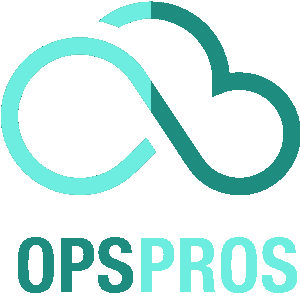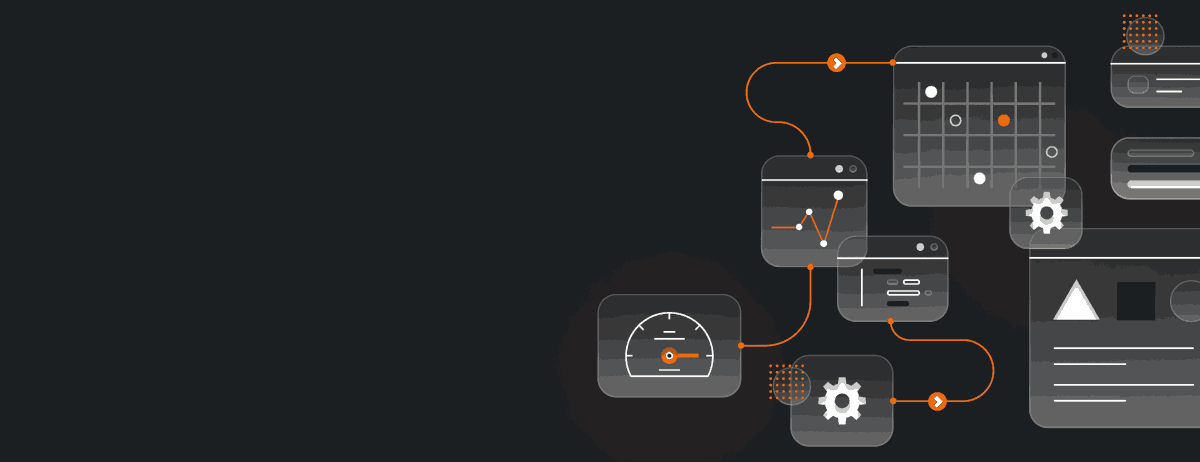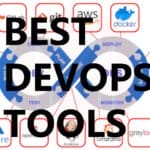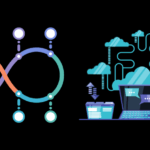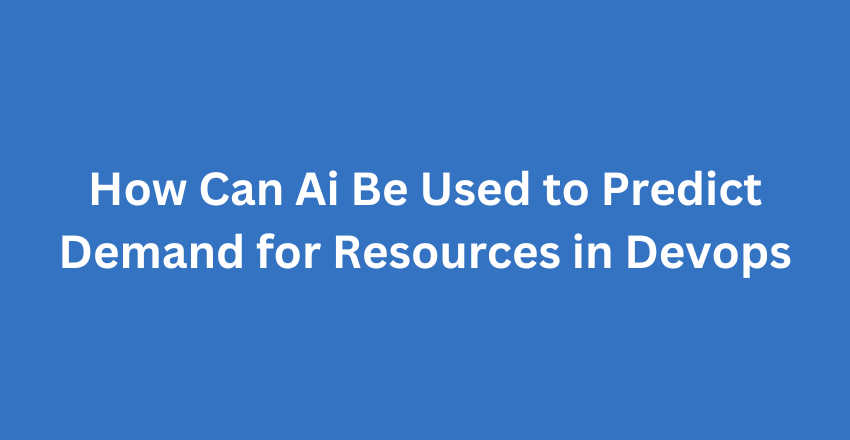How AI is Revolutionizing Demand Prediction in DevOps
I’ve witnessed firsthand the profound impact of artificial intelligence (AI) on managing resources efficiently. Today, we’ll dive into “how can AI be used to predict demand for resources in DevOps”.
We’ll break down each point into easy-to-understand sections.
1. Predictive Analytics
Predictive Analytics is the application of statistical techniques to historical data to predict future outcomes. In the context of DevOps, predictive analytics involves AI systems sifting through historical data to forecast future resource needs.
For example, AI examines past resource usage patterns, like CPU utilization and memory consumption, and makes future demand predictions. This method is highly beneficial, as it enables a more proactive and precise allocation of resources.
Here’s a basic Python code sample for a predictive analytics model:
# Import necessary libraries
from sklearn.linear_model import LinearRegression
from sklearn.model_selection import train_test_split
# Prepare data
X_train, X_test, y_train, y_test = train_test_split(X, y, test_size=0.2)
# Initialize model
model = LinearRegression()
# Train model
model.fit(X_train, y_train)
# Make predictions
predictions = model. Predict(X_test)In the code above, we’re using a Linear Regression model, a simple predictive analytics tool, to make future predictions based on past data.
Pro Tip: Always ensure your historical data is accurate and relevant for predictive analytics.
Key Takeaway:
Predictive analytics, powered by AI, allows us to predict future resource needs accurately, making resource management more effective.
2. Machine Learning Models
Machine Learning is a subset of AI that enables computers to learn from data without explicit programming. Building on predictive analytics, AI uses Machine Learning (ML) models to identify patterns and trends in data. This ability to learn from the past and make predictions about the future aids in resource management.
Consider a model being trained to predict server load during peak hours. These insights can help us allocate resources more efficiently.
A simple code snippet using a Decision Tree model might look like this:
# Import necessary libraries
from sklearn.tree import DecisionTreeRegressor
# Initialize model
model = DecisionTreeRegressor()
# Train model
model.fit(X_train, y_train)
# Make predictions
predictions = model.predict(X_test)In this sample, we use a Decision Tree Regressor, a type of machine learning model that is particularly suitable for predicting numerical outcomes like server load.
Pro Tip: Choose your machine learning model based on the nature of your problem and the type of your data.
Key Takeaway:
Machine learning models provide an advanced way to detect trends and patterns, aiding in accurately predicting future resource requirements.
3. Automated Monitoring and Alerting
Automated Monitoring and Alerting is a system where AI continuously tracks resource usage and sends alerts when the usage exceeds predefined thresholds. This feature allows DevOps teams to manage their resources proactively.
Let’s look at an example:
# Import psutil library
import psutil
# Get CPU usage
cpu_usage = psutil.cpu_percent()
# If CPU usage exceeds a certain limit, send alert
if cpu_usage > 80:
print("CPU usage exceeded. Consider increasing resources.")This code monitors CPU usage and sends an alert when it exceeds 80%. It’s real-time monitoring like this that makes efficient resource management possible.
Pro Tip: Customize your alert thresholds according to your system’s capabilities and workload.
Key
Takeaway: Automated monitoring and alerting, powered by AI, enable proactive management of resources, significantly reducing downtime.
4. Workflow Optimization
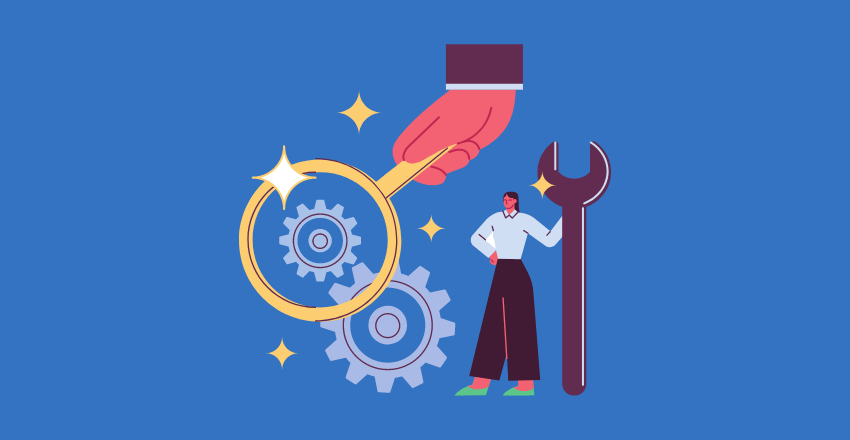
Workflow Optimization is the process of designing or adjusting workflows to make them more efficient. AI plays a crucial role here by identifying bottlenecks and suggesting improvements for better collaboration among team members and more efficient use of resources.
In the realm of DevOps, an optimized workflow could mean a smoother and quicker transition from development to deployment, effectively utilizing resources at every step.
Consider a code review scenario where AI can analyze historical data to prioritize which code changes require immediate attention.
# Example pseudo code for workflow optimization
priority_list = AI_analyze(code_changes)
for change in priority_list:
review(change)This pseudo code represents an AI system that prioritizes code changes for review based on historical data.
Pro Tip: Regularly review your workflows and make data-driven adjustments to improve efficiency.
Key Takeaway:
AI-assisted workflow optimization can lead to better collaboration, efficient resource use, and speedier software delivery.
5. Data-Driven Decision-Making – How Can Ai Be Used to Predict Demand for Resources in Devops
Data-Driven Decision-Making refers to making strategic decisions based on data analysis rather than intuition or observation. AI shines in this domain by offering valuable insights and recommendations, aiding DevOps teams to make more informed decisions about resource allocation.
For example, AI can provide insights on when to scale up server capacity based on traffic patterns, ensuring that resources are efficiently used and user experience isn’t compromised.
# Pseudo code for data-driven decision making
traffic_pattern = AI_analyze(website_traffic)
if traffic_pattern == 'high':
scale_up_server()This pseudo code implies that if AI analysis reveals high website traffic, the server capacity gets scaled up.
Pro Tip: Embrace data-driven decision making but also consider other factors like budget constraints and long-term objectives.
Key Takeaway:
Data-driven decision-making powered by AI can drastically improve resource allocation, ensuring that resources are used when and where they’re needed the most.
We’ve now covered how AI can be used to predict demand for resources in DevOps through Predictive Analytics, Machine Learning Models, Automated Monitoring and Alerting, Workflow Optimization, and Data-Driven Decision-Making.
6. Real-world Case Studies
Real-world case studies serve as practical evidence of how AI is being utilized to predict resource demands in DevOps. Let’s consider a global e-commerce company that utilized AI to manage its server resources during its annual sales event.
By analyzing historical data, the company used AI to predict the surge in demand and pre-emptively scaled up its server capacity, ensuring a smooth shopping experience for its customers.
Key Takeaway:
Real-world case studies provide practical insights into how AI can be efficiently used for predicting resource demand in a DevOps environment.
7. Tools and Technologies

There are several AI-powered tools and technologies that can be integrated into DevOps processes. For instance, Logz.io uses AI to analyze log data and identify potential issues in real-time. On the other hand, Dynatrace employs AI for automatic and dynamic configuration of thresholds for alerts based on learned behavior.
Pro Tip: Choose your AI tools and technologies based on your specific needs and the scale of your operations.
Key Takeaway:
AI-driven tools and technologies provide hands-on ways to integrate AI into DevOps processes for demand prediction and resource allocation.
8. Challenges and Limitations
Despite its numerous benefits, AI also comes with challenges. Data privacy issues, the cost of implementing AI technology, and the need for skilled personnel to manage and interpret AI outputs are some of the potential hurdles. The accuracy of predictions is another crucial factor, as it can directly impact resource allocation.
Pro Tip: Be aware of these challenges when implementing AI in your DevOps practices and devise strategies to tackle them effectively.
Key Takeaway:
While AI offers significant benefits, it’s essential to consider its limitations and challenges in predicting resource demands in a DevOps environment.
9. Future Trends
As we look forward, we see a future where AI becomes even more deeply integrated into DevOps. Emerging trends include AI-driven automated testing and deployment, and the use of advanced neural networks for predicting resource demands.
Pro Tip: Keep an eye on future trends to stay ahead of the curve and leverage the full potential of AI in your DevOps practices.
Key Takeaway:
Future trends indicate a greater role for AI in DevOps, with more advanced and refined capabilities for demand prediction.
10. Ethics and Responsible AI – How Can Ai Be Used to Predict Demand for Resources in Devops
Lastly, ethical considerations can’t be ignored in AI use. As we use AI to make data-driven decisions, it’s essential to ensure transparency, accountability, and fairness. We need to have checks in place to prevent biases in AI outputs and to maintain privacy and security of data.
Pro Tip: Make ethics a central part of your AI strategy. Implement practices like data anonymization and regular bias audits to ensure responsible use of AI.
Key Takeaway:
Ethics and responsible AI practices are crucial when using AI for demand prediction in DevOps to ensure fair and unbiased outcomes.
Frequently Asked Questions

In what ways does AI apply predictive analytics for demand prediction in DevOps?
Essentially, AI takes advantage of predictive analytics by assessing historical data, such as previous server loads, to anticipate future demand. It employs statistical techniques to discern trends, patterns, or relationships in the data. Take a look at this illustrative Python code:
from sklearn.linear_model import LinearRegression model = LinearRegression() model.fit(X_train, y_train) future_demand = model.predict(X_test)
This snippet uses theLinearRegressionmodel from Scikit-learn to make predictions. Thefitmethod trains the model, whilepredictmakes forecasts.Pro Tip: Picking the right model and features is crucial for accurate forecasts.
What kinds of machine learning models come into play in demand prediction?
Depending on the issue at hand, various machine learning models like regression, decision trees, or neural networks could be utilized. For instance, regression models excel at predicting continuous outcomes, such as server load:
from sklearn.svm import SVR model = SVR() model.fit(X_train, y_train) future_demand = model.predict(X_test)
This example showcases the Support Vector Regression (SVR) model, a type of regression model often highly effective for certain prediction tasks.Pro Tip: Continuously validate and update your models to keep their accuracy high.
How does AI monitor resource usage in real time?
AI can leverage libraries like
psutilin Python to monitor resource usage, including CPU and memory. If the resource usage surpasses a predefined threshold, an alert is triggered:
import psutil cpu_usage = psutil.cpu_percent() if cpu_usage > 80: print("Warning: CPU usage is high.")
This script tracks CPU usage and alerts you if it rises above 80%.Pro Tip: You should set the alert threshold according to your system’s capabilities and expected load.
How does AI optimize workflows in DevOps?
By examining historical data, AI can spot bottlenecks or inefficient processes. Using these insights, workflows can be optimized. For instance, AI can prioritize code reviews:
priority_list = AI_analyze(code_changes) for change in priority_list: review(change)
This pseudo code implies that an AI system analyzes code changes and prioritizes them for review based on past data.Pro Tip: An optimized workflow can drastically improve the efficiency of the software delivery process.
How does AI contribute to data-driven decision-making in DevOps?
AI can extract insights from data, aiding DevOps teams in making informed decisions about resource allocation. For instance, AI can determine when to scale up server capacity:
traffic_pattern = AI_analyze(website_traffic) if traffic_pattern == 'high': scale_up_server()This pseudo code depicts AI analysis revealing high website traffic, triggering server capacity scaling.
Pro Tip: While data-driven decision-making is critical, human judgement also plays a vital role.
Are there practical examples of AI being used in DevOps?
Many companies have successfully incorporated AI in their DevOps practices. For example, Netflix uses its in-house tool, Scryer, for predictive auto-scaling.
Which AI tools find use in DevOps?
Several AI-driven tools such as Logz.io, Dynatrace, and DataDog can be incorporated into DevOps
practices for resource demand prediction and more.
What challenges surface when implementing AI in DevOps?
The implementation of AI in DevOps brings about challenges including data privacy concerns, the cost of AI technology, need for skilled personnel, and the accuracy of predictions.
What future trends are anticipated in using AI in DevOps?
Future trends signal a greater integration of AI in DevOps, with advanced capabilities for automated testing and deployment, and the use of neural networks for resource demand prediction.
Wrapping up – How Can Ai Be Used to Predict Demand for Resources in Devops
AI offers promising capabilities for predicting demand for resources in DevOps. By implementing AI, organizations can achieve more efficient resource allocation, proactive management, and improved workflows.
However, it’s crucial to be aware of the challenges and ethical considerations while integrating AI into your DevOps practices. By doing so, we can leverage AI’s benefits while minimizing potential risks.
Noah is an accomplished technical author specializing in Operations and DevOps, driven by a passion ignited during his tenure at eBay in 2000. With over two decades of experience, Noah shares his transformative knowledge and insights with the community.
Residing in a charming London townhouse, he finds inspiration in the vibrant energy of the city. From his cozy writing den, overlooking bustling streets, Noah immerses himself in the evolving landscape of software development, operations, and technology. Noah’s impressive professional journey includes key roles at IBM and Microsoft, enriching his understanding of software development and operations.
Driven by insatiable curiosity, Noah stays at the forefront of technological advancements, exploring emerging trends in Operations and DevOps. Through engaging publications, he empowers professionals to navigate the complexities of development operations with confidence.
With experience, passion, and a commitment to excellence, Noah is a trusted voice in the Operations and DevOps community. Dedicated to unlocking the potential of this dynamic field, he inspires others to embrace its transformative power.
